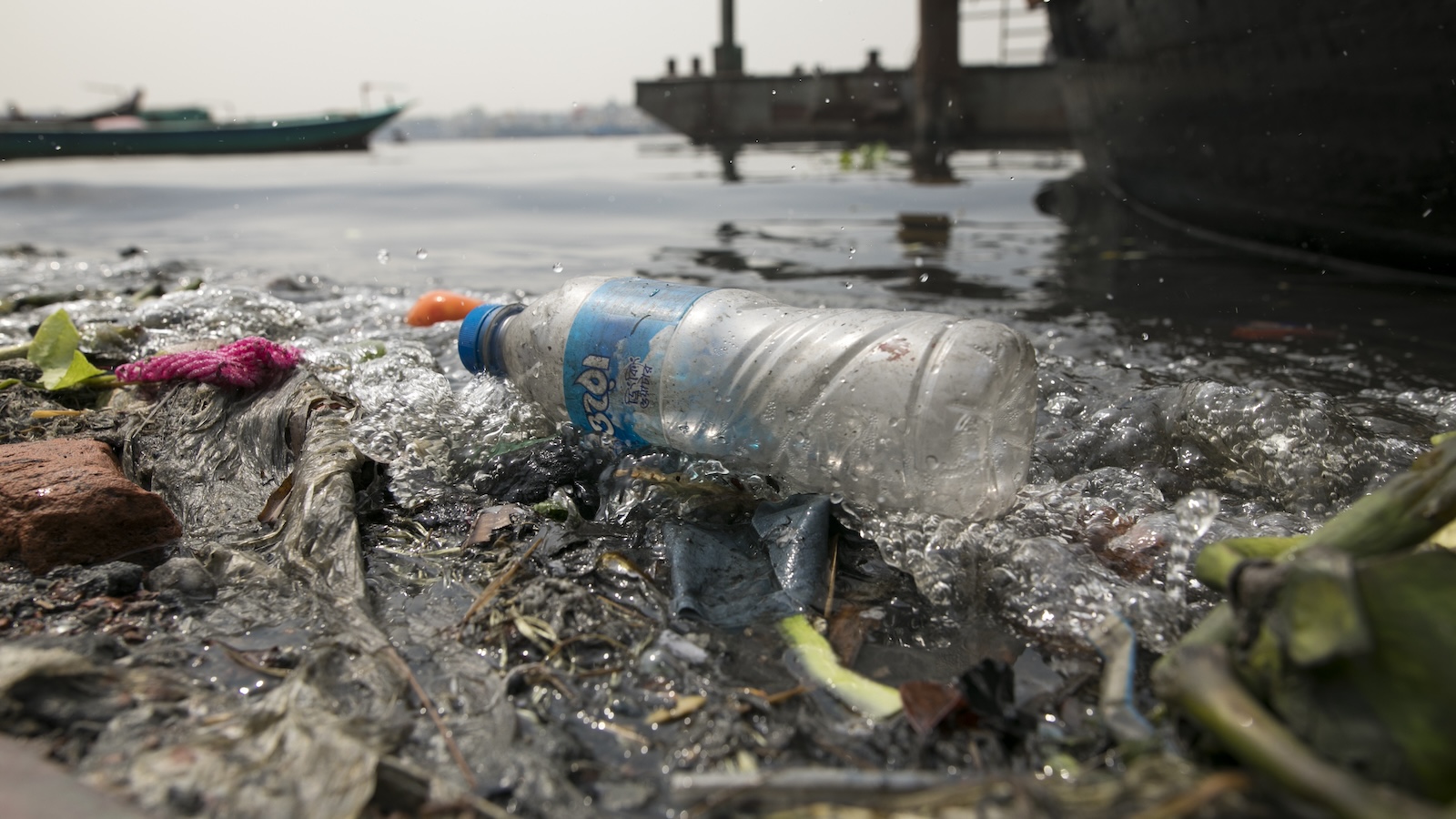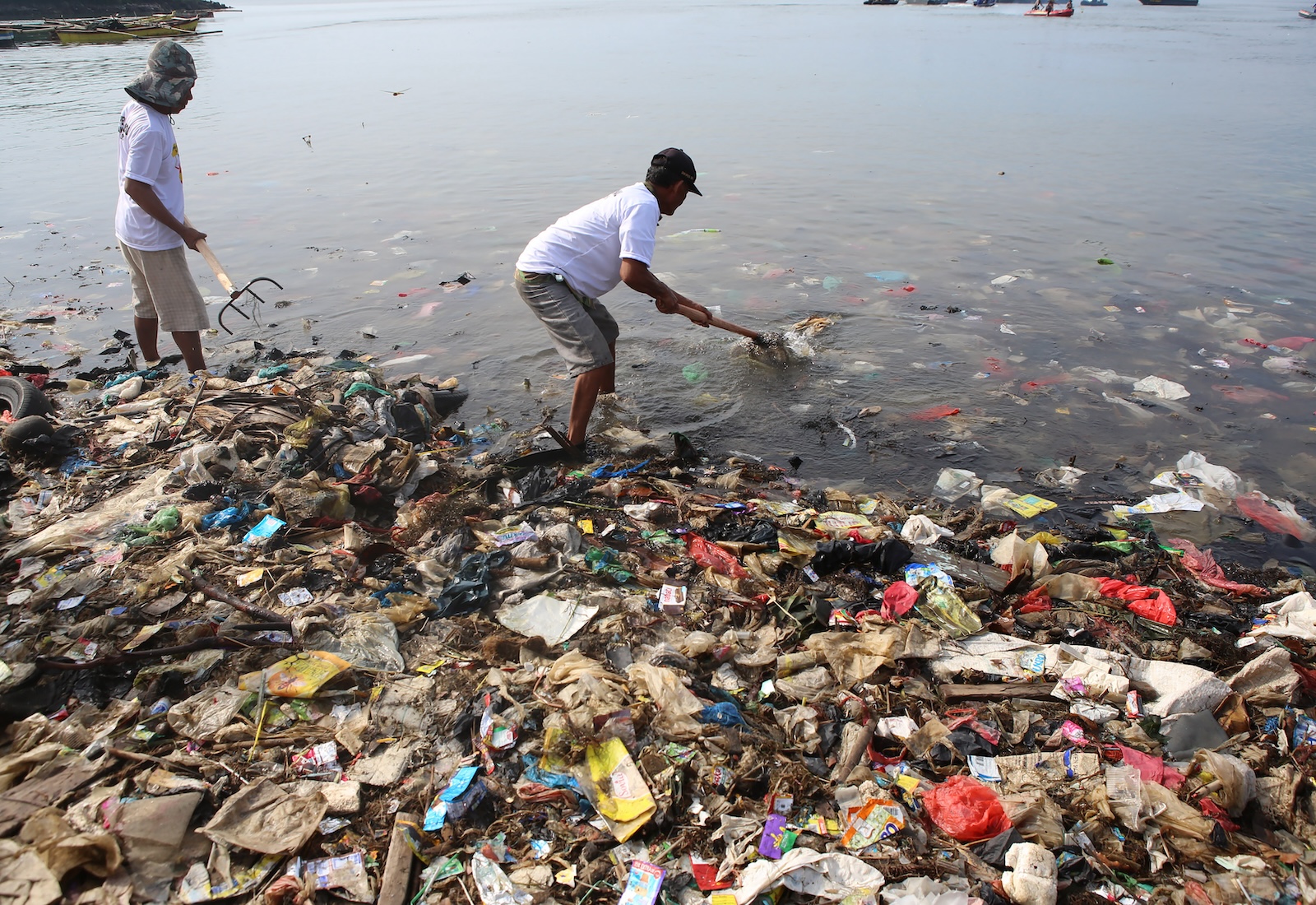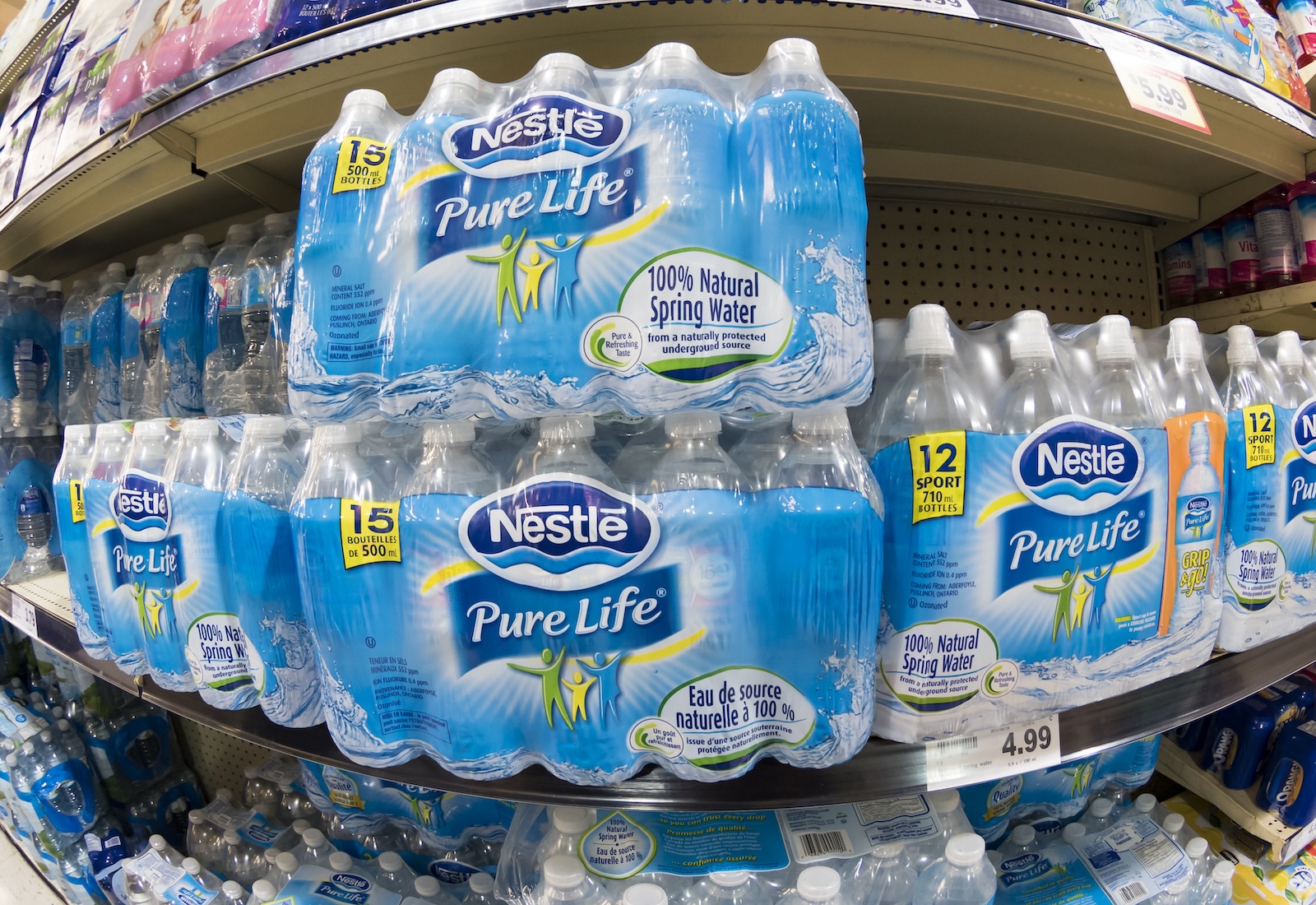
Amid mounting pressure to address the global plastic pollution crisis, many companies are turning to plastic credits – tradable units that represent a measure of plastic debris removed from the environment. This is convenient for companies that find it too difficult or expensive to reduce the amount of plastic that goes into their products and packaging. Instead, they can buy credits and say they are “offsetting” their plastic footprint.
Plastic credits’ advocates say they open up a critical funding stream for waste management in the developing world, enabling the collection of low-quality plastic waste that would otherwise have remained litter. Verra, a nonprofit organization that runs one of the world’s largest plastic crediting programs, says credits can promote “plastic stewardship goals” and “accelerate the transition to a circular economy for plastics” — a system that conserves resources and minimizes waste generation.
But environmental advocates and experts are concerned that credits justify continued plastic production and distract from more aggressive policies to make producers responsible for waste management. Now, there is evidence that some plastic credits are funding cleanup programs that were already in place long before the credits came into existence, which casts doubt on the credits’ usefulness.
According to a recent report co-published by the non-profit organizations Global Alliance for Incinerator Alternatives, or GAIA, and Break Free From Plastic, many projects in the pipeline after certification of Verra do not involve “additional” waste clearance, except what would have happened in the absence of the plastic credits. Out of 41 plastic collection and recycling projects listed in Verra’s database at the time of the report’s analysis, only three had been issued plastic credits that they could then sell to buyers. Of those, two projects were issued credits earlier this year, but for clean-up activities that started in 2019 or 2020. The third was issued in 2022 credits for activities dating back to 2020.
What’s more, at the time of the report’s analysis, 83 percent of the projects that applied for Verra’s certification – but were not yet fully approved – had already been in operation for more than a year. If approved, 42 percent would be in effect for more than five years. This means the majority of the projects were already functioning without any income from Verra’s plastic crediting mechanism.
“What seems to be happening is that whatever plastic is picked up has already been picked up,” said Neil Tangri, GAIA’s science and policy advisor. These waste collection projects did not need plastic credits to operate, he added.
This problem is familiar terrain to anyone who has followed the voluntary carbon market, which shares many features — and flaws — with the new market for plastic credits. Recent investigations have shown that many credits traded on the carbon market are essentially “rubbish,” representing emission reductions that would have occurred whether or not a credit system existed. Verra, which controls two-thirds of the world’s voluntary carbon market in addition to its newer plastic credits program, has been eyed particularly hard for its rainforest-based carbon credits. One investigation found that more than 90 percent of these credits do not represent real emissions reductions because the areas of rainforest to which they are linked were never at risk of deforestation in the first place. (Verra disputes the findings and recently updated its methodology for forest-based carbon sequestration.)

Ferdi Awed / INA Photo Agency / Universal Images Group via Getty Images
In both cases, the plastic credit market and the carbon market, additionality has proven to be the “Achilles heel of the whole offsetting idea,” Tangri said. Proving additionality requires building a counterfactual—a “science fiction universe in which your project does not exist.” And opinions about what that universe looks like vary widely.
For plastic cleanups, Verra asks project developers to demonstrate additionality by passing at least one of three tests. The first and easiest test automatically qualifies a project as additional if it is in a least developed country or a small island developing state, as defined by the United Nations, or in an underdeveloped region of a richer country. If a project fails that test, it can demonstrate additionality if it has a “penetration rate” of less than 20 percent, meaning it collects less than 20 percent of the total amount of waste generated in the host country. Finally, if a project developer cannot meet one of these conditions, he can perform an “investment analysis” to demonstrate that his project is not “economically or financially attractive.”
Normally, Verra requires projects to self-report that they have met an additionality criterion before being listed on the plastic credit register. Projects must validate their planned activities with a third-party auditor within two years of their start date. Then, once they have started collecting waste, they must verify with an auditor that they have actually collected that waste, before finally being approved by Verra himself. This sequence of operations means credits can only be issued for projects that have already started.
But Verra said it made a one-time exception to the two-year rule at the launch of its plastics crediting program in 2021. According to a spokesman, Verra allowed projects with start dates on or after January 1, 2016 to register “if they could by the end of December 2023 demonstrates additionality and compliance with all Plastic Program requirements.” The spokeswoman said the 2016 start date was chosen because it coincided with the release date of the New Plastics Economy, an initiative of the nonprofit Ellen MacArthur Foundation to circular economy for plastics.
“Verra has a robust validation and verification process that ensures the integrity of the projects registered in Verra’s Plastics Program,” the spokesperson added.
However, experts question Verra’s logic. Alix Grabowski, director of plastics and materials science for the nonprofit World Wildlife Fund, called the organization’s first two criteria “proxies” for additionality — simple ways to evaluate a project without having to do a complicated investment analysis. Proxies aren’t intrinsically bad, she said, but Verra’s seems to encourage generalizations about countries’ waste management infrastructure. “Every place is different,” she told Grist, suggesting the need for “due diligence” to consider more than just a given project’s location in the developing world when deciding whether it would survive without the credit system have.

Robert Machado Noa/LightRocket via Getty Images
More broadly, Grabowski criticized plastic credits for not producing a pipeline of investable waste collection projects. By design, projects that meet Verra’s third additionality criterion – the “investment analysis” that shows they are not financially attractive – must remain reliant on the plastic crediting mechanism. “Do we really need to put time, money and investment into credits if they are designed to never scale?” she said.
Regarding the timing of plastic credits, Axel Michaelowa, a senior founding partner at the consulting firm Perspectives Climate Group, told the report’s authors that it is “perverse” to retroactively generate credits from waste collection projects that began several years ago. In 2016, he said, “no one was talking about plastic credits, so it is inconceivable that these projects were planned with the income from plastic credits in mind.”
In particular, Verra only started developing its Plastics program in 2018. It was part of a group of organizations that worked together to develop over three years three market-based approaches to deal with plastic pollution.
Sebastian DiGrande, CEO of the Plastic Credit Exchange, or PCX — a company that both certifies projects with its own accreditation standard and sells plastic credits — said he did not want to criticize Verra’s methodologies. But he said his organization does not issue credits for cleanups that took place more than a year ago. “We’re not going back five, six years,” he told Grist. “We just don’t. We cut it off for work done in the last 12 months.”
Many plastic crediting organizations, including Verra and PCX, advocate that plastic credits play a role in the United Nations Global Plastics Convention, which is scheduled to be finalized by the end of next year. Credits “can be used to bring financing where it is needed,” they wrote a joint statement last year The Verra spokesperson explained that plastic credits should not be a “substitute for upstream actions”, meaning that companies should use them additionally to their efforts to reduce the amount of plastic they produce. They also said that Verra does not support terms such as “plastic offset” or “plastic neutrality” because they “oversimplify plastic stewardship and do not properly convey the environmental impact of this mechanism.”
Grabowski, who was on a technical committee that helped Verra design its plastics program standards, said she recommended explicit safeguards against these provisions but was rebuffed by the organization. “Their answer was that they don’t have control over it,” she told Grist, even though neutrality claims are “the main reason” companies are interested in buying credits. “There’s an element where they’re enabling it while saying they don’t support it,” she added.
Concerned about the failures of the voluntary carbon market, environmental advocates are calling for a different approach, while still recognizing the need to pick up waste in places where it harms people and ecosystems.
One option, Tangri suggested, could involve a tax on all plastic-producing companies, with the proceeds going toward plastic cleanup, disposal in controlled landfills, and recycling where applicable. Such a system could be included in countries’ national action plans under the global plastics treaty, or implemented outside the treaty process. The most important thing, he said, is that it “doesn’t rely on the good will of companies to finance projects in certain kinds of charismatic, touristy places.”



